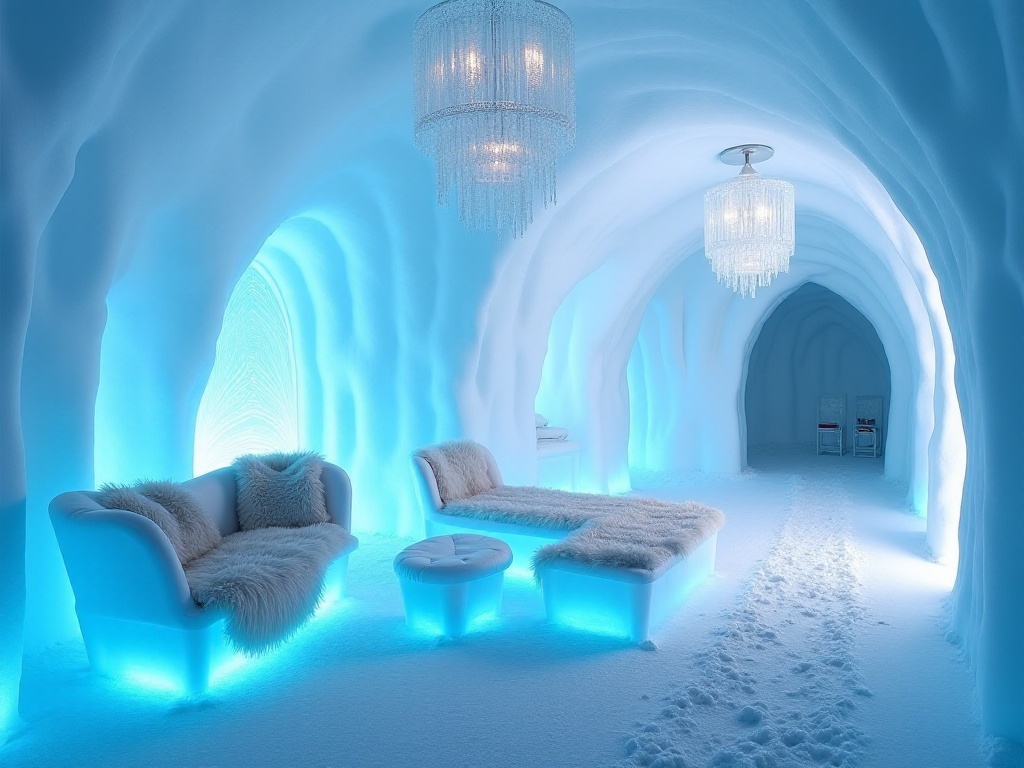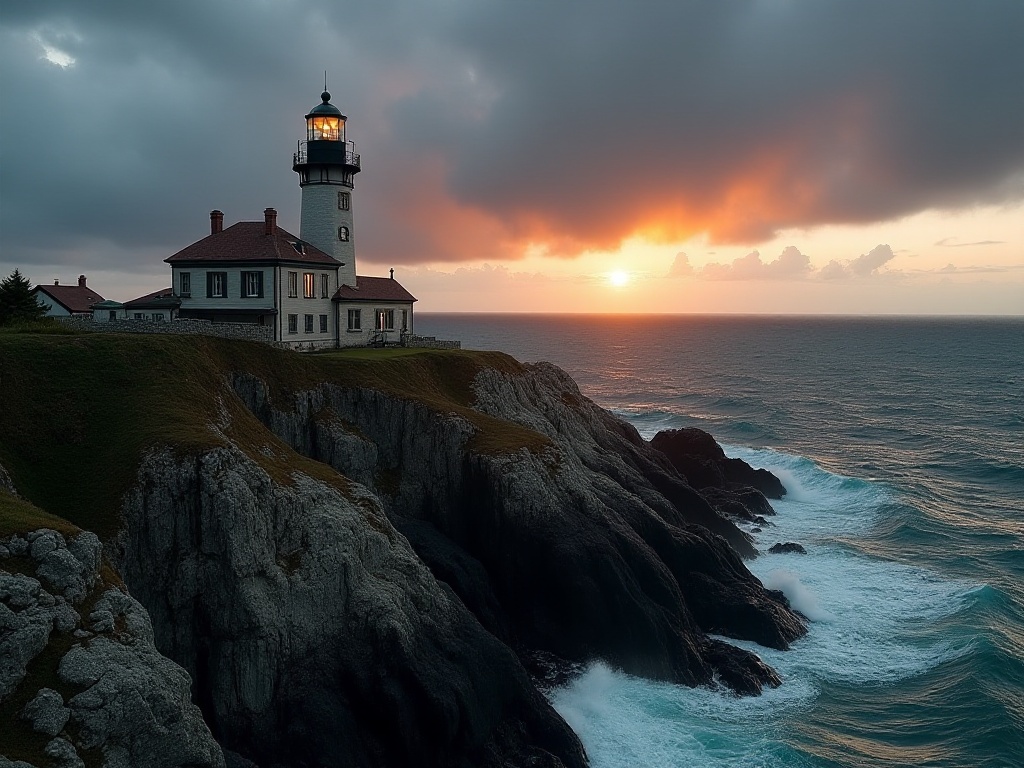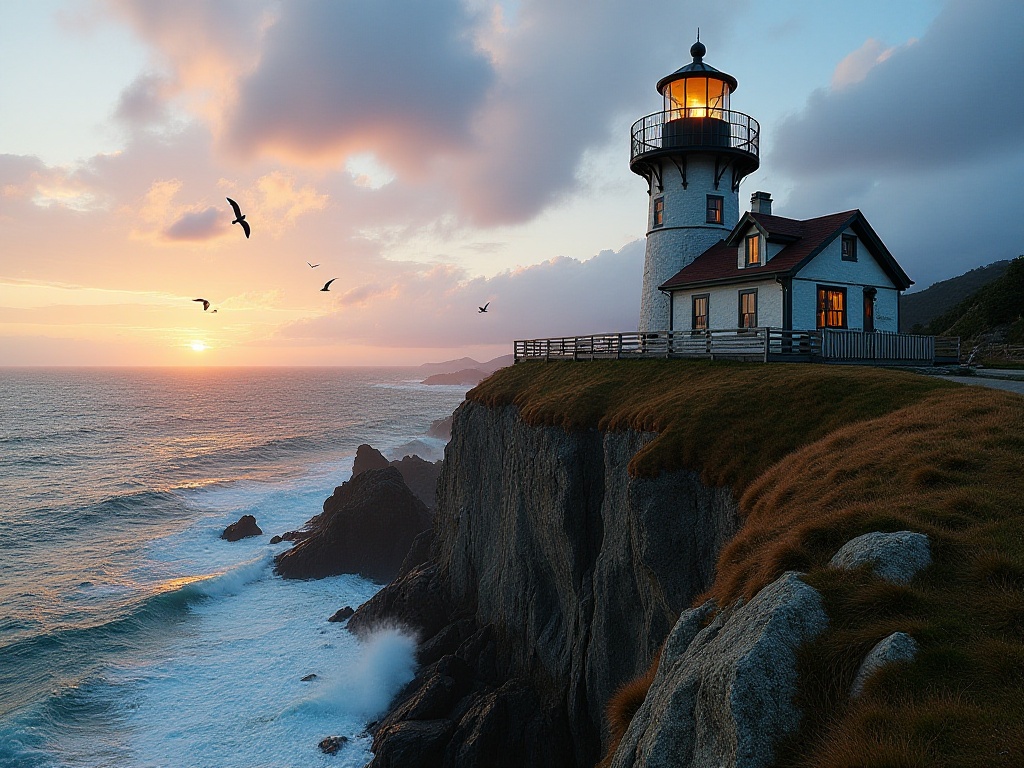Origins
Have you ever wondered what it feels like to wake up under the starry sky of the Sahara Desert?
In early 2024, I had the fortune to experience a luxury desert camping journey from Dubai to Morocco. This was not just a trip, but a deep exploration of a lifestyle. Let me take you into this golden sea of sand to experience unique desert camping.
Before Departure
"Why choose desert camping?" This was the most frequently asked question before my departure.
The answer is simple - the fast pace of city life has gradually made us lose our ability to dialogue with nature. And the desert, a land that seems barren yet full of life, gives us an opportunity to rediscover ourselves and experience nature.
When choosing campsites, I paid special attention to the following aspects:
Geographic location suitable for stargazing - being far from city light pollution is a basic requirement. After comparative research, I found that the Merzouga and Ouarzazate regions of the Sahara Desert are excellent stargazing locations. Statistics show that these areas have over 300 clear days annually with excellent visibility.
Safety is paramount - choosing qualified campsite operators is crucial. The campsites I ultimately chose all had over 10 years of operating experience, hosting over 5,000 visitors annually with good safety records.
Moderate comfort level - Although these are luxury camps, I didn't want to lose the authentic outdoor camping experience. So I chose camps that ensure basic comfort without being excessively luxurious.
Equipment
Many people worry that desert camping requires lots of special equipment, but that's not the case. Luxury campsites have well-equipped facilities, so we only need to prepare some personal necessities.
However, there are several must-bring items:
Sun protection equipment - UV radiation is particularly strong in desert regions. Calculations show that UV intensity at noon can reach levels 12-14, 2-3 times higher than in cities. Therefore, sunscreen (SPF50+), sunglasses, and sun hats are essential.
Warm clothing - Many don't know that desert temperature variations between day and night are extreme. In the Sahara, for example, daytime temperatures can exceed 40°C, while dropping to around 5°C at night. So a fleece jacket and a down jacket are necessary.
Photography equipment - If you want to document this unforgettable journey, I recommend bringing a capable camera. Especially for night sky photography, you need a camera with good low-light performance. From my experience, a full-frame camera with a large aperture lens (f/2.8 or larger) works best.
Dubai
The first stop was Dubai. Although this city is known for luxury, its surrounding desert camps offered me a completely different experience.
I chose a camp located in Dubai's Desert Conservation Reserve. It's only 90 kilometers from the city center but feels worlds apart. The camp consists of 12 luxury tents, each about 50 square meters with private bathroom facilities.
The most impressive thing was the sunset here. When the sun slowly sinks into the golden dunes, painting the entire sky orange-red, that stunning beauty is unforgettable. According to camp staff, sunset times vary by season, usually around 5 PM in winter and 7 PM in summer.
Dinner was authentic Arabic cuisine. The lamb cooked in traditional underground ovens was especially delicious. This cooking method reportedly has a thousand-year history and best preserves the natural flavors of ingredients.
The evening bonfire gatherings were also special. Local Bedouins perform traditional dances and share ancient desert legends. Their tribe has reportedly lived in this desert for hundreds of years and has deep connections to this land.
Abu Dhabi
Heading south from Dubai, I arrived at the Liwa Oasis in Abu Dhabi. The dunes here are more spectacular, some reaching heights of 300 meters.
I stayed at a distinctive desert resort. The tents were designed based on traditional Bedouin dwellings but incorporated many modern elements. Each tent had a stargazing platform where lying down at night to gaze at the stars made the entire Milky Way seem within reach.
The most special experience here was morning desert yoga. Doing yoga under professional instruction as the first rays of sunlight hit the dunes provided unprecedented relaxation for body and mind. This activity is reportedly so popular that reservations are often required a month in advance.
At noon, I joined a desert ecology exploration activity. Surprisingly, the seemingly barren desert actually conceals a rich ecosystem. Our guide told us there are over 120 plant species and more than 50 animal species here, all having evolved unique survival methods.
Oman
Leaving the UAE, I arrived at Oman's Wahiba Desert. The desert landscape here differs from the previous stops, displaying a unique red color.
I chose a camp deep in the desert, with no human settlements within 100 kilometers. The tents incorporated elements of traditional Omani architecture and were decorated with numerous local handicrafts. Each tent was equipped with a solar power system, being both environmentally friendly and practical.
The most special feature here was their desert adventure activities. I followed experienced guides on camel rides deep into the desert. The guides told us their families had been desert guides for generations, possessing extensive desert survival knowledge.
The evening cuisine was also memorable. Chefs prepared various seafood in traditional underground ovens, seasoned with unique Omani spices. These spices reportedly came via the ancient spice route, each with its special properties.
Morocco
The final stop was Morocco's Sahara Desert. The endless rolling dunes here presented the most spectacular scenery of the entire journey.
I stayed at a Berber-operated camp. The tents featured distinctive ethnic decorations using many traditional carpets and handicrafts. Each tent had a private terrace for enjoying sunrises and sunsets.
The stargazing conditions here were perfect. According to astronomy enthusiasts, on clear nights, over 3,000 stars are visible to the naked eye. I specifically hired an astronomy guide to explain the constellations. He told me that Berbers have historically possessed rich astronomical knowledge, with many constellations having unique legends.
On the final night, the camp hosted a traditional Berber music concert. Musicians played traditional instruments, their songs echoing through the silent desert, allowing us to feel the soul of this land.
Takeaways
A month of desert camping provided countless unforgettable experiences and deep reflections.
First is reverence for nature. The desert appears barren but contains endless vitality. Here, you discover life's tenacity and nature's wonder.
Second is longing for simple living. In the desert, many modern conveniences we take for granted become luxuries. But this "stripping away" allows us to focus more on life's essence.
Finally is understanding traditional cultures. Whether Arab, Berber, or Bedouin, they all have intricate connections with the desert. Their lifestyles and cultural traditions are worth learning from and contemplating.
Are you tempted? If you're also interested in a desert camping journey, consider starting with these aspects:
Choose the right season - October to April is ideal, with moderate temperatures better suited for camping.
Plan detailed itineraries - Recommend staying at least 3 days in each location to truly experience local characteristics.
Select reliable camps - Choose qualified, reputable camps as this affects your travel experience and safety.
Allow sufficient time - Desert journeys shouldn't be rushed; give yourself enough time to feel and experience.
Finally, I want to say that desert camping isn't just a way of traveling, but a life attitude. It teaches us how to find joy in simplicity and how to listen to our inner voice in silence.
Would you like to embark on such a spiritual journey?







